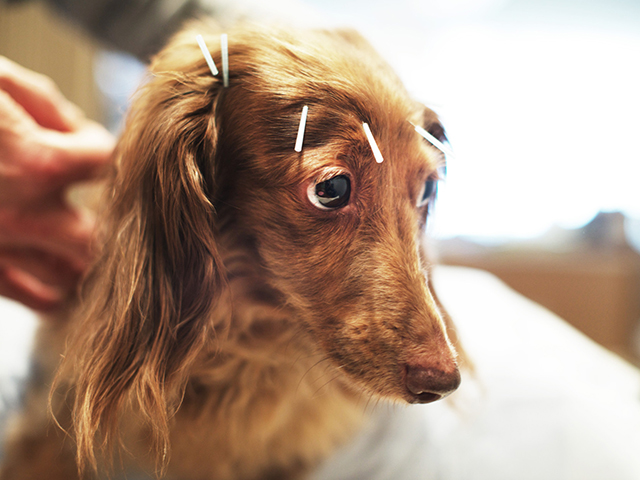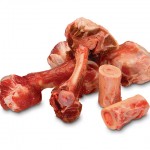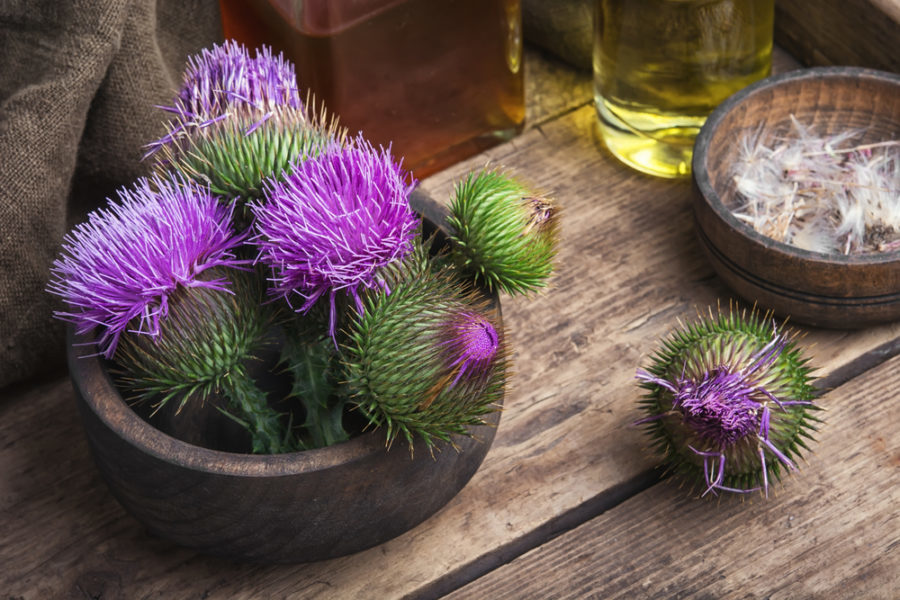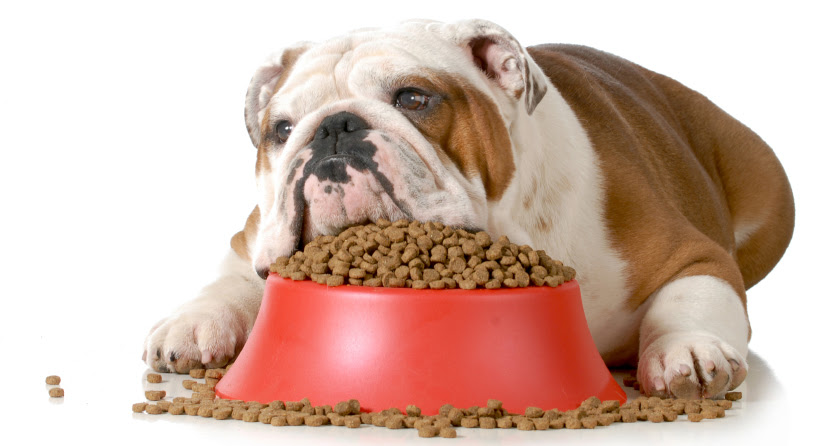We are going to talk about acupuncture and how it benefits your pooch.
Zuzu’s story
When Lisa Carp’s Labrador retriever, Zuzu, was diagnosed with leukemia 3 years ago, she was devastated. Zuzu, now 9, began chemotherapy treatments, but Carp wanted to find holistic ways to complement his medical care. Working with Ihor Basko, DVM, a holistic veterinarian in private practice in Honolulu, Carp also began making nutritious meals and booking regular acupuncture treatments for Zuzu.
Zuzu’s follow-up exams confirm that he is now cancer-free. “Without chemo, an improved diet, and acupuncture, Zuzu, at best, probably only had a few months to live,” says Carp. “I am convinced that acupuncture triggered healing in his body. He’s now happy and healthy.”
Bishop’s story
Bishop, a 7-year-old beagle, began dragging and crossing his back legs. He could no longer jump on the couch or race up the stairs. His owner, Beth Connolly, sought the help of Allen Schoen, DVM, who practices integrative medicine in Sherman, CT. He began acupuncture on Bishop to treat his neurological problems. Today Bishop is back in full stride, visiting patients at a nursing home where he volunteers as a therapy dog. “Bishop drags his feet a little, but he can now jump and run without any problems,” says Connolly, a veterinary technician for horses. “I can’t say that I totally believed in acupuncture before, but once I saw the results, wow!”
Acupuncture, the more than 2,000-year-old Chinese healing art, is proving to be doggone good therapy for 21st-century pets.
“Most people think of acupuncture as a pain reliever, but it’s more than that,” says Dr. Basko, who has trained other vets in acupuncture for nearly 3 decades and is certified by the International Veterinary Acupuncture Society in Ft. Collins, CO. “Acupuncture can boost the immune system and improve organ functions, and it has other benefits. It can complement conventional medicines and procedures without dangerous side effects.”
The use of acupuncture for pets is increasing as more people recognize the value of integrated medicine for their personal health care and their beloved cats and dogs, notes Dr. Schoen, author of Kindred Spirits: How the Remarkable Bond between Humans and Animals Can Change the Way We Live (Broadway Books, 2001).
“No one form of medicine has all the answers,” says Dr. Schoen. “We must look at the individual needs of each animal. Sometimes the best answer is medication; sometimes it’s surgery; sometimes it’s acupuncture; sometimes it’s a combination.”
Ask the Vets
Here are two specialists, Drs. Schoen and Basko answer the most common questions you may have about acupuncture.
How does it work?
Special needles are inserted into specific points on an animal’s body. The needles help redirect the body’s energy fields (called chi) back into harmony. Like people, cats and dogs have about 365 key acupuncture points in their bodies. The needles induce the release of endorphins, the body’s feel-good hormone. Endorphins control pain by causing blood vessels to dilate, which increases oxygen and nutrient-rich blood to flow around joints and muscles.
Are there different types of needles for cats and dogs?
Yes. Generally, cats receive thinner and shorter needles, about 1/2 inch in length and slightly thicker than a whisker. Dogs receive needles of 1/2 inch to 1 1/2 inches long, depending on their body size.
Does acupuncture work effectively on both cats and dogs?
Yes. Cats, though, are usually less tolerant of being in a veterinary clinic than dogs. If your pet resists treatment, don’t push it.
Will the needles hurt my pet?
Usually no. Your pet may feel some pain if there is a knot or spasm at the insertion point. More commonly, though, your pet may experience a sensation as the needle enters the top layer of skin. Most needles slide out near the end of the session. It’s not unusual for a dog or cat to relax or even fall asleep during acupuncture.
How long are the sessions, and how much do they cost?
Each acupuncture visit can last from 15 minutes to 1 hour, depending on the needs of the animal. The cost per session ranges from $25 to $120. On average, pets require eight treatments.
How many needles are needed?
The number depends on the condition of your pet. Some medical concerns can be addressed by strategic placement of a few needles in one location; other problems may require 20 or more needles placed from the head to the base of the back.
When should I try acupuncture for my pet?
Acupuncture can relieve arthritis pain in an older animal who is experiencing digestive side effects from medications. Or this therapy can be used when surgery is not an option due to the health condition or age of the pet. Acupuncture works well following surgery to help speed recovery.
Are there side effects?
Acupuncture is a safe therapy, but on rare occasions, a needle can break or an infection can develop at the place where the needle was inserted.
Will I see immediate improvement?
Acupuncture is not a cure-all, and the results vary with each animal. It takes time to stimulate the body to heal itself.
Acupuncture may benefit many conditions, including these:
- Arthritis and sore joints
- Muscle spasms or weakness
- Slipped disks and other disk problems
- Digestive problems (including diarrhea, constipation, and vomiting)
- Chronic kidney disease
- Hip dysplasia
- Epilepsy
- Paralysis
- Respiratory problems
- Kidney problems
- Weakened immune system
Acupuncture Techniques
Your veterinarian may use one or more of the following acupuncture techniques to treat your ailing dog or cat.
Manual: Insertion of dry needles into the skin. This is the most common method.
Needles with electricity: Electrodes are hooked up to the needles, and the amount of electricity is slowly increased to help stimulate nerves. This is often used to treat paralysis due to an injury or trauma (such as being hit by a car).
Aqua-puncture: Needles contain medicinal solutions (usually medicinal herbs or vitamins) that are injected into the body through the needles’ tips.
Moxabustion: This technique combines a warm Chinese herb (such as Artemisia vulgaris) with the needles to provide added heat for healing.
Source:
Rodale at mom.me











